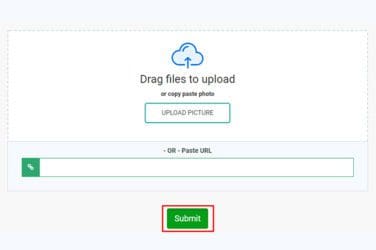Developing the next generation of effective staff members is essential if your organization is to thrive. Sure, you can hire specialists and skilled people with experience as you move forward into the future, but any business that hopes to compete in an ever-crowded marketplace will develop its own methods and unique protocols.
For this reason, developing a consistent approach to staff onboarding, training, and management is key. Some might say it’s non-negotiable, and an essential element of cultivating a worthwhile workforce.
All of this is nice in theory, yet without effective knowledge-sharing measures where skills and experience can be passed down, your training program may simply pay lip service to that concept and never utilize it for success.
Let’s change that. In this post, we’ll discuss some methods for ensuring capabilities flow down into your newest hires as they seek to make your company culture and prowess part of their professional ability. Without further ado, let’s get started:
Implement A Mentorship System
A mentorship program can be enriching to both those at the top and the bottom. For example, a team that operates in the warehouse could be helped by ensuring they understand the operational management of the space, instead of just being given orders to move items when they need to be shifted.
You might have the team leader operating under the wing of the warehouse manager, so that both parties can understand what’s going on at the top and bottom of the chain. In addition, this means that your team leader could seize some of the basic duties when the manager isn’t in, perhaps taking in deliveries and using the inventory system to catalog them. This is, of course, vastly applicable, and not necessarily limited to your logistical network.
Collaborate Alongside Academic Work Experience Programs
It’s not just people within your business who might benefit from knowledge sharing. A long tradition of work experience programs with schools or colleges could be maintained by your own firm and its unique platform.
That might involve working with young students looking to get a headstart in your industry. Who knows, perhaps this could even culminate in you hiring those individuals that have impressed you once their studies are done? This is hardly a unique principle, after all military organizations will often target educational environments, and in some cases businesses may gain a government bursary for having taken on the student, so you don’t solely have to do it for the good of charity.
Publish Accessible Documentation, Training Guides & Policies
If a new staff member takes your instruction and asks where that’s been written down, and you can’t point them to the specifics of that policy, well, that’s a blind spot.
For this reason, it’s important to make sure all training guides, staff policies, documentation regarding systemic processes, and templates are easy to find. That might mean hosting them all in well-organized folder structures on cloud-sharing areas like Microsoft Sharepoint.
Having this material to hand will ensure you’re better able to discuss and promote training principles with substance to back them up, always sourcing back to the overarching principles at play. This could even save a life if your safety policies were easy to double-check on, and so as you can see, this is more than just good planning, it’s crucial to have this documentation to hand.
Utilize Technology For Seamless Information Flow
Many sectors and the companies that comprise them are now turning to managed software solutions to ensure the entire project management process is centralized. This allows for easy, connected, and accessible (if permitted) information flow.
For example, using an NDIS platform for seamless management of your private clinic, contracting software that allows you to manage a team, or logistics software that embeds in your wider management platform, can ensure entire departments are kept on the same page.
This is more than training, it’s about the daily realities of communicating transparently and working from the same files and documents. If you can achieve that, then a worthwhile outcome is assured.
Regularly Review Knowledge-Sharing Systems
Ultimately, it’s important to make sure these processes are reviewed and updated continually. Asking staff for their thoughts, reviewing how successful an onboarding process has been, and considering how to empower your staff from the top down and the bottom up is key. Also, it’s important not to overcomplicate your approach. Sometimes, simply listening to staff in a meeting and letting good ideas rise to the top, with credit, is enough.
With this advice, you’re sure to cultivate a helpful knowledge-sharing system within your business.




















